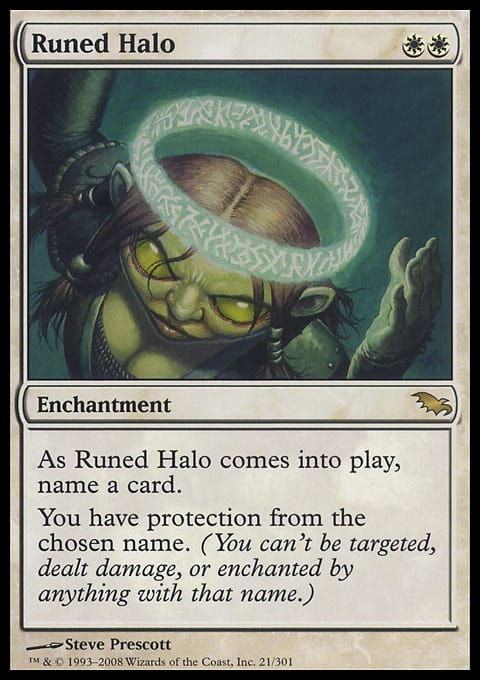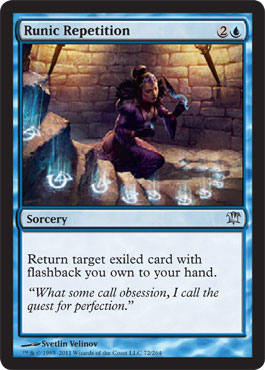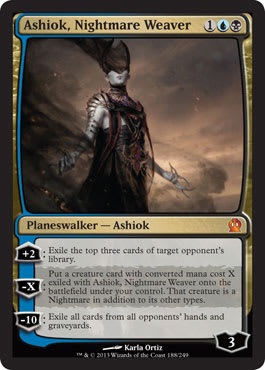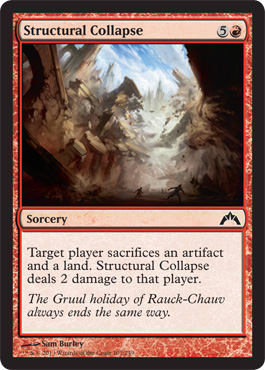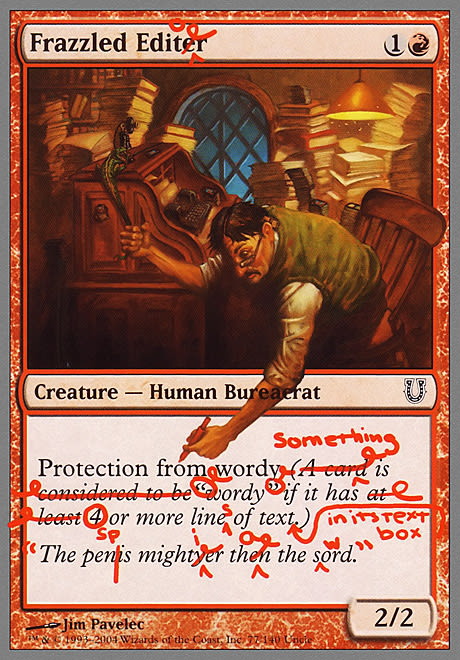Did you know you can open a bottle of champagne with a saber? Well, you can. If you are just learning how to use a saber (a tool used for decapitating foes while on horseback) or—far more likely—just learning how to open a bottle of champagne, you wouldn’t attempt this feat. While that’s an exaggeration, the same lesson is true for writing.
The first installment of this series was the preamble to the process. Before sitting down to write anything, a potential author must understand what it is he or she is trying to say. Of course, that only goes so far. The grandest of architects cannot will a building into existence. Rather, there are specific tools for the job. The rules of language are odd because they are constantly evolving. Words have distinct definitions, yet they may mean slightly different things in disparate regions. On top of that, the choices made by the author can directly influence how a reader interprets a piece. The onus is on the writer to not only welcome readers into a piece, but also educate and do this through the kludge that is the written word. Therefore, it follows that if you are going to create work, you should have some degree of mastery over language.
Lesson #2: Know the Medium
Language
All forms of communication have governing rules. I am going to be focusing on American English since that is the language with which I am most familiar. There are too many to go over in brief, so I will make the logical leap that an aspiring writer understands the basic rules of the craft. Simply by existing in the world of words, an individual is going to acquire the basics by osmosis.
However, if the endeavor is to write well, the clear goal is the next level. Doing a quick Google search for common writing errors will provide a ton of excellent guides and pointers. If you feel this is a weak area, by all means do the research. There are also fantastic guides of the wood-pulp variety—notably, Strunk and White’s The Elements of Style. While perfect recall of every nuance of this piece is not required, it will provide a solid foundation for clear and direct writing.
Here are two quick tips I use to help with my writing and when I am editing the work of others:
- Word choice: If you are trying to convey a point and it hinges on a specific idea or word, repetition seems inevitable. Say the same word over and over again, and it starts to lose its impact. While some redundancy is unavoidable, it serves any content creation to have a thesaurus handy.
- Modifiers: Some people believe that in order to stand out, statements need to be taken to extreme. Avoid using words that are supposed to add value unless you actually need to do so. Call everything the “very best,” and that phrase loses any impact. A single “awesome” in an article is better than one every paragraph.
These both circle back to the corollary to Lesson #1: Everything must serve your hypothesis. The goal is to be direct and clear while also being engrossing and enjoyable to the reader.
Selecting the right word for a given situation is a huge part of successful writing. The best example I can apply here is the difference between nervous and excited. Think about those words for a moment. At their cores, they describe feelings of anticipation. Nervous implies a hesitancy while excited demonstrates an eagerness. Pick the word that best matches the mood you are attempting to project.
This leads to actual words. As mentioned, words are horrible kludges. They have meaning because there is a collective agreement on the definitions. This is the basis for Deconstructionist thought, but I am not diving into Derrida here. Words are not perfect conduits of information, but they are the best available tools.
When seeking to communicate via words, we are endeavoring to explain complex ideas through imperfect means. The concept is not far from Plato’s Theory of Forms and parable of the cave. A concept exists, but there is no perfect form of expression, so we have to use the crutch of language. The point is to make sure that the words used convey an intended meaning as precisely as possible.
In addition to making the correct choices of words to use, this can mean avoiding stories or references that may not resonate with a reader. It is common for writers who are on regular schedules to pepper their pieces with pop-culture references. I occasionally use baseball metaphors. The problem there is that a significant portion of my audience may have no idea what I mean when I say “as useless as the infield-fly rule.” My advice is that until there is an established personal style, such that readers expect to have to do a little legwork to understand every hidden gem, be as direct as possible. Failing that, provide backup descriptions that link the aside to the core thought.
On top of this, Magic has a ton of game-specific words, also known as slang. At least three articles have tried to compile the different terms from the game’s history. How should a novice writer use this unique vocabulary? There is no clear answer. The best guide is to understand the intended audience. Writing for a general gaming site, while trying to introduce people to the game, makes using terms such as “mise” and “crack my fetch” a fool’s errand. Move toward heavy Magic sites, and the slang can flow like a fine wine. That being said, it should never be a crutch or a stand-in for actual descriptive writing. In this vein, refrain from abbreviating. Sure, Twitter uses acronyms, but there is no 144-character limit. Act appropriately.
I bring up this quote because it rings true. Every word written has a definition and does, in fact, mean something. I cannot recommend the above-linked piece enough, as it details many habits of speech that need to be removed from the common Magic lexicon. It contains strong language but conveys excellent points.
For all the wonder words can do in helping to convey ideas, they are still constructs. What happens when the language needed does not exist yet? Take Ashiok, Nightmare Weaver as an example. Ashiok is specifically without gender, which makes writing about Ashiok different than writing about Jace (a he) or Chandra (a she). This is not limited to the Magic Multiverse. There are people who prefer to not use the typical or common binary pronouns and may feel excluded by their exclusive use. Additionally, using the male (or female) pronoun exclusively might alienate a significant portion of your audience. Writing for a mass audience means writing for everyone.
Language is not perfect, and neither am I. If you have suggestions about this matter, please let me know either in the comments or on Twitter. I want to be better.
Trying to work within the constraints of language for a first piece might lead to writing that feels less natural, but it serves as important instruction. In order to become the best possible writer, one has to understand the rules and work within them, when they exist, to convey the point.
Structure
The basic structure of any article is going to follow this pattern: Present your main point, support with evidence, and wrap up your article. But there is more to structure than just this blueprint. Much of it depends on exactly where the writing will be published.
Work for a personal site, and the look and flow of articles is largely going to be up to the proprietor. However, if writing for a major website is the end goal, I would err on the side of being professional. This means using whole words and avoiding swears. It all comes back to being direct and conveying thoughts clearly. Consume as much material from that site as possible to try to understand its stylistic principles, and seek to emulate its practices. Some pages may be okay with stream-of-consciousness fiction, while others are going to want more rote work. Knowing this provides an advantage.
The Internet also presents a chance to play around with structure. From hyperlinking to embedded images for games states, the digital medium is a fantastic tool for injecting life into the basic structure for an article.
The blueprints of language and structure help to guide the art of writing. This makes our first corollary to know the rules. Adhering to them early in a career as a creator will help with comfort in the process. It is important to know the guidelines and their shortcomings to work best within them. Of course, there is another reason to have an understanding of these rules: to know when to break them.
As already stated, language has shortcomings. Structure is not exempt from this rule. The rules are in place to provide a path, but sometimes, breaking with tradition can still lead to the desired result.
Let’s look at some examples. In 2004, Mark Rosewater wrote an article called “Elegance.” I am not going to pull a quote because the entire article is a play on language and structure. MaRo crafted fifty fifty-word articles and then had another fifty-word piece in which each entry was hyperlinked to another one of these articles. Ten years later, this remains a controversial piece. However, Rosewater had been writing a weekly article for nearly two years at that point. He understood the nature of the medium and the constraints therein. Since then, MaRo has broken with traditional structure many more times and has found increased success.
Mark Rosewater had to select each word perfectly to convey his ideas, as he was limited to fifty words. Not only that, but each micro-article had to be self-contained and be cohesive in the greater article scheme.
At the time, I was put off by “Elegance.” The more I read and wrote, the more I came to appreciate everything about the piece. Rosewater understood the nature of his medium and managed to exploit the loopholes to create something more.
Moving to someone else who is going to be a fixture of this series, we see interesting study in structure. In his “Dictating the Field of Battle,” Michael Flores moves between current (and not-so-current) pop-culture images and some more advanced Magic theory.
Explosive artillery was kind of a joke in Dune’s far future. Personal force fields rendered them useless and large scale military engagements are accomplished by sword-wielding supersoldiers (one legion was said to be capable of pacifying a planet). The Atreides forces turtled up in caves to make a stand against the attacking Harkonnen . . . and got trapped by the Baron's explosive artillery left to starve.”
—Michael Flores, “Flores Friday- Dictating the Field of Battle,” StarCityGames.com
Flores is using Frank Herbert’s Dune, a well-known science-fiction novel, to help describe the idea of positioning oneself to take advantage of a metagame or a game of Magic. Dune was published in 1966, and while it is a classic, can we safely assume that all of Flores’s audience had consumed the book at the time of publication?
Following this is a whole section regarding different lightsaber duels in the two Star Wars trilogies and the advantage of holding a superior position during said duels. In 2008, it is reasonable to assume that the vast majority of readers had seen Star Wars. Can the same be said today?
Michael Flores does come back around to, y’know, Magic, and he does an excellent job defining his position. Instead of following the basics of structure, he is using analogues to craft his point. There is no introductory paragraph or statement. Rather, this article is more similar to “Elegance” than a traditional piece. Instead of a linear narrative, “Dictating the Field of Battle” is a series of vignettes that all reinforce Flores’s main point. Like Rosewater, Flores has earned the benefit of the doubt by writing about Magic for the better part of two decades. There is a history to these writers that lets us know they will have something to say and that we should stick with them. However, the stories are so varied that if they were not on a dedicated Magic website, there would be little way to understand exactly what Flores was discussing. He used the structure of his host to do much of the setup for him.
It is important to realize this because new writers may not have that wealth of capital. It is far more important for the first few submissions to be focused and structured to build up a reputation. If the first thing sent to an editor is written without the letter E, there is a better-than-zero chance it will end up in the author’s inbox for some serious editing.
I am going to wrap up this section on structure with one of the more ambitious articles in recent memory. Jamie Parke’s “PT Journey into Nyx ‘Rap’ Up” next-leveled everyone. It shattered the predetermined notion of the modern tournament report. Parke eschews the traditional structure of a Magic article and instead uses a historic art form: the old-school rap. Parke’s work follows that structure very well, however, providing a backstory and setting up the environment. There’s his own rise and fall, the circle of friends, and everything you’d expect to hear coming out of a boom box in 1985. On top of this, Jamie barely broke the rules of Magic writing—he still presented his work in a logical order and conveyed his message.
Having a knowledge of the rules of crafting articles and essays is important for anyone just starting. While writing is something studied, the guidelines for academic essays are drastically different than those set for entertainment pieces. Understanding the parameters and limitations is important because once this knowledge is acquired, one can work around and through any roadblock between the scripter and the reader, even if that means taking a sledgehammer to the foundation.
The Takeaways
- Lesson #2: Know the medium.
- Corollary: Know the rules so you can know when to break them.
References
- Patrick Chapin, “Innovations - A Void but Nothing Missing: Looking Back on 2009,” StarCityGames.com
- Patrick Chapin, “Words Mean Things,” FiveWithFlores.com
- Michael Flores, “Flores Friday - Dictating the Field of Battle,” StarCityGames.com
- Jamie Parke, “PT Journey into Nyx ‘Rap’ Up,” ChannelFireball.com
- Mark Rosewater, “Elegance,” Archive.Wizards.com













